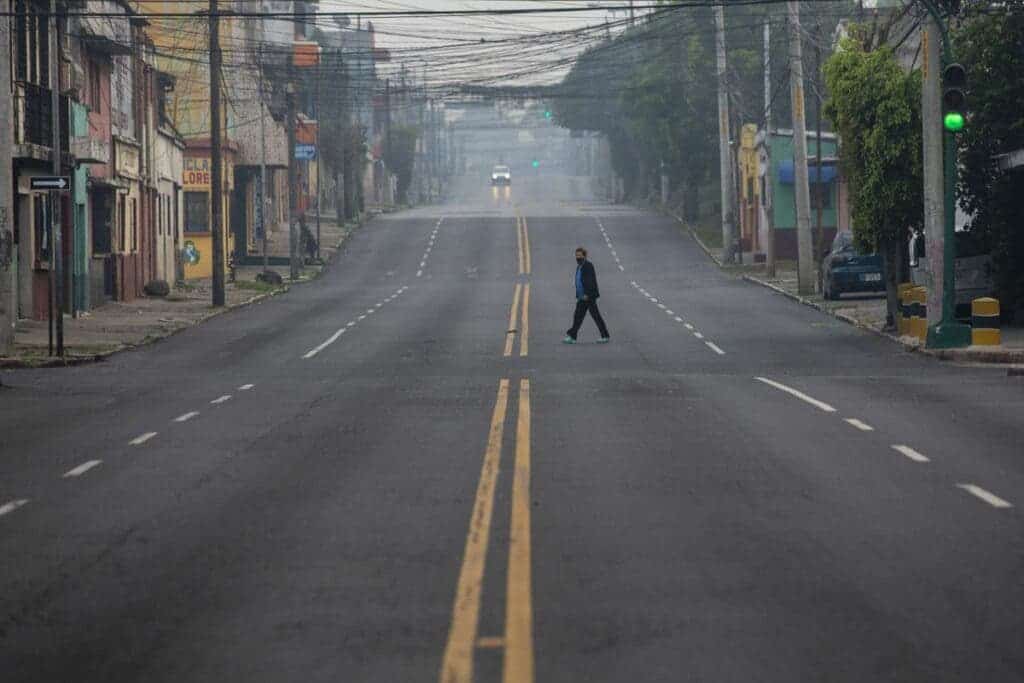Drastic changes at both economic and social levels — that’s what’s needed to truly tackle climate change and lower emissions levels before it’s too late. There are no easy solutions or quick fixes, with all major scientific reports pointing in the same direction.

That’s why any reductions on the level of emissions due to the coronavirus epidemic doesn’t mean we can now forget about the problem. When the economy starts moving again, the scenario is likely to be an emission-intensive one again.
In early April, daily emissions of greenhouse gasses dropped 17% compared to the levels registered in 2019, according to a new study. That’s the largest drop in carbon output ever seen since records began, linked to shutdowns in the global economy.
The study, carried out by a group of UK researchers, said that when lockdowns were at full force, emissions dropped over a quarter on average in some countries. For example, in the UK, the decline reached 31%, while in Australia emissions dropped 28.3%.
Don’t pop that champagne yet
“This is a really big fall, but at the same time, 83% of global emissions are left, which shows how difficult it is to reduce emissions with changes in behaviour,” Corinne Le Quéré, lead author, told The Guardian. “And it is not desirable – this is not the way to tackle climate change.”
For the study, the researchers used a combination of energy, activity and policy data available up to the end of April 2020 to estimate the changes in daily emissions during the confinement and its implications for the growth in CO2 emissions in 2020. This was compared to daily emissions from 2019.
Changes in CO2 emissions were estimated for three levels of confinement and for six sectors of the economy, as the product of the CO2 emissions by sector before confinement and the fractional decrease in those emissions due to the severity of the confinement and its impact on each. The analysis was performed for 69 countries.
The impact on 2020 annual emissions will depend on the duration of the confinement, the researchers argued. If pre-pandemic conditions go back to normal by mid-June, emissions would drop this year about 4%, while if that happens at the end of the year the drop would reach 7%.
The fall represents the largest annual drop in emissions seen since the second world war and marks a difference from recent years, as emissions have been rising an average of 1% annually. Nevertheless, the fall is only temporary and won’t help much to deliver on the Paris Agreement on climate change.
Countries committed in the Paris Agreement to do everything they can to limit global warming to 2ºC, or ideally 1.5ºC, with emissions falling to net-zero by mid-century. This study acts as a reminder of how far the world is from reaching such goals and the necessary level of ambition that is needed.
“The social trauma of confinement and associated changes could alter the future trajectory in unpredictable ways, but social responses alone, as shown here, would not drive the deep and sustained reductions needed to reach net-zero emissions,” the authors wrote.
The study was published in the journal Nature Communications.


